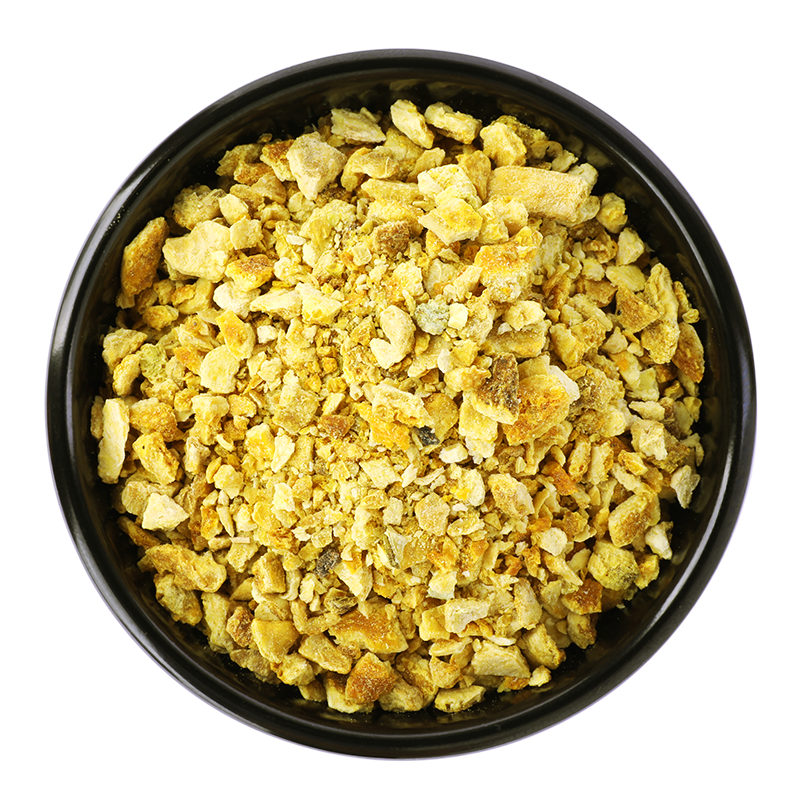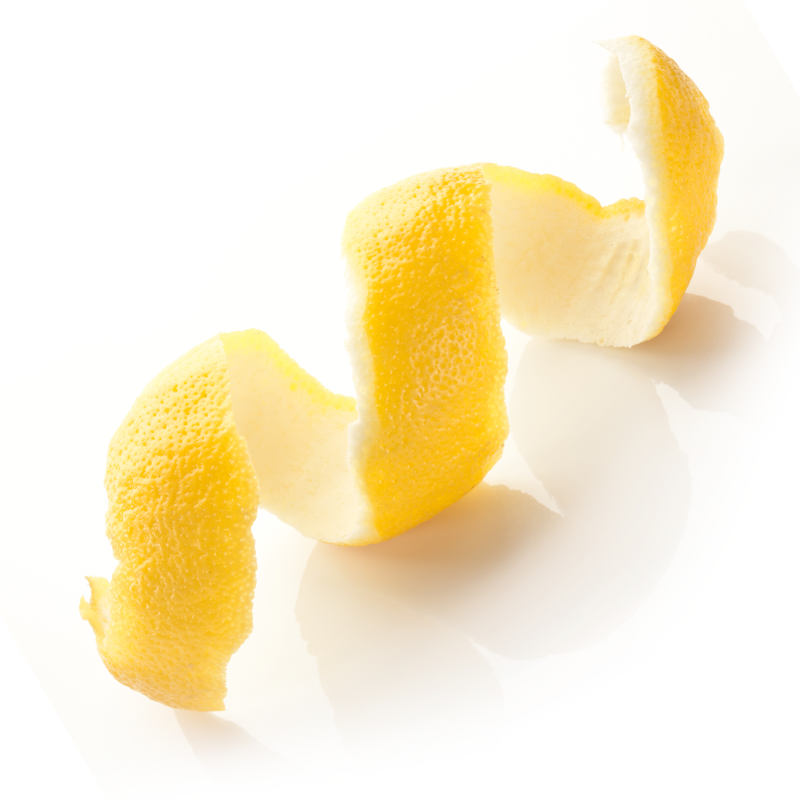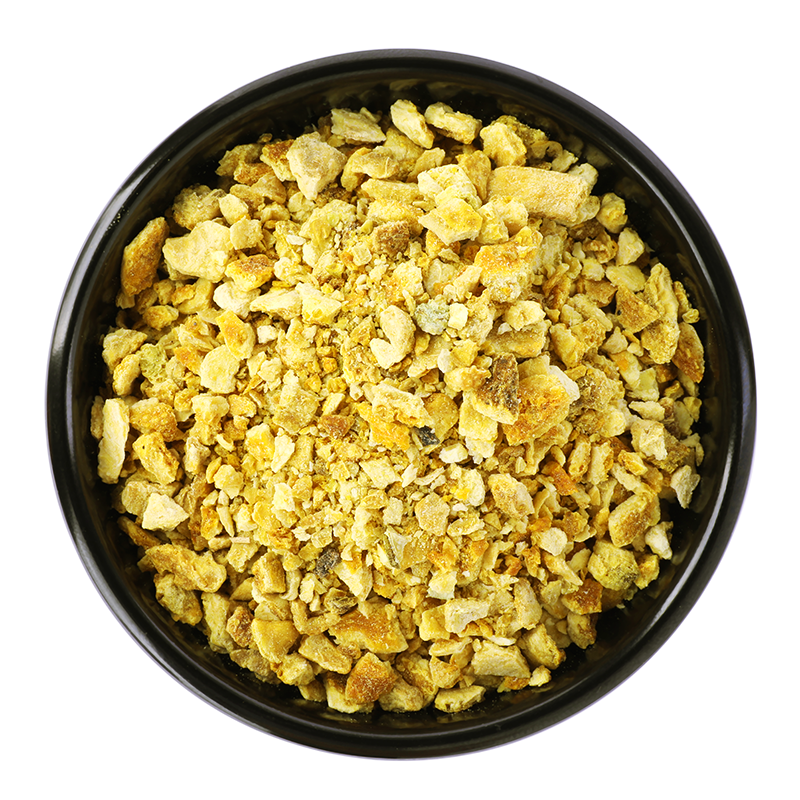Lemon Peel Powder: Vitamin C-Rich with Stimulating Properties
Made from the finely ground dried lemon rinds. Lemon peel (Citrus x limon) is known to stimulate appetite and is packed with Vitamin C, supporting a healthy immune system. Lemon Peel Powder is a versatile ingredient used for its tangy flavor and health benefits.
It's rich in bioflavonoids and essential oils, contributing to its antioxidant and antimicrobial properties. The powder is used in culinary applications to enhance flavor, in teas for its digestive benefits, and in natural cleaning products for its fresh scent. It's also used in skincare for its astringent and brightening properties.
More about Lemon Peel:
Lemon Peel, derived from Citrus limon, is a treasure trove of health benefits and culinary versatility. Rich in aromatic terpenes like limonene and myrcene, along with flavonoids and phenolic compounds, lemon peel adds a bitter yet aromatic zest to dishes. It's not just a flavor enhancer but also a powerhouse of health-promoting properties, being widely used for its antioxidant and antimicrobial activities.
Lemon peel is also celebrated for its medicinal benefits. Its natural compounds are known to support digestive health, support a healthy immune system,and provide a rich source of antioxidants.
Whether used in teas, as a supplement, or in culinary creations, lemon peel's invigorating aroma and myriad health benefits make it a beloved ingredient. Native to Asia and now cultivated in Mediterranean and subtropical regions, lemon peel represents a fusion of global culinary traditions and natural wellness practices.
Know Your Ingredient: Lemon Peel
| Latin Name | Citrus x limon |
| Active Ingredients | Limonene, β-myrcene, α-terpineol, α-pinene, β-pinene, Flavonoids, Phenolic Compounds |
| Classification Secondary Metabolite | Terpenes (Limonene, Myrcene), Flavonoids, Phenolic Compounds |
| Flavor | Bitter, aromatic |
| Common Use | Culinary (zesting, flavoring), health supplement, antimicrobial, antioxidant applications |
| Origin | Native to Asia, widely cultivated in Mediterranean and subtropical regions |




